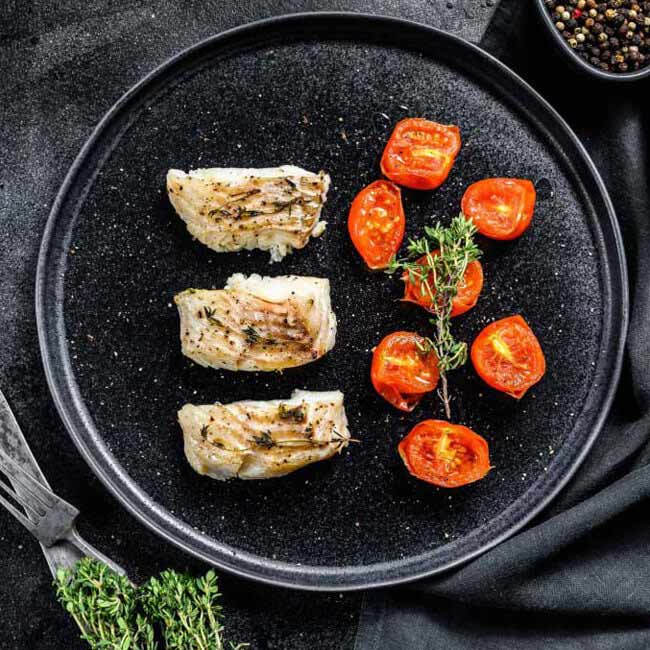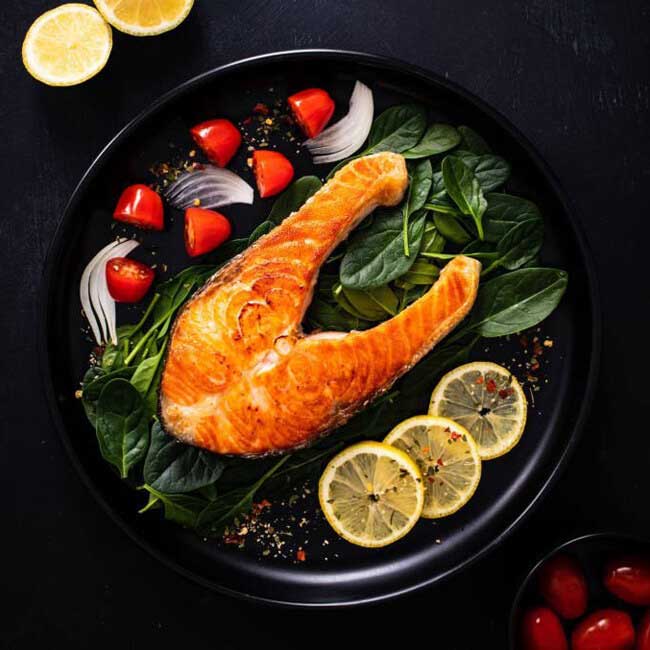Food is an essential part of our lives, providing nourishment, pleasure, and comfort. However, it can also be a source of harm if not handled and cooked properly. Foodborne bacteria are microscopic culprits that can turn a delicious meal into a dangerous one, causing illnesses ranging from mild discomfort to severe health complications. To ensure the safety of your meals, it’s crucial to understand the potential risks and take necessary precautions when cooking. In this blog, we’ll dive into the world of food bacteria and highlight important measures to keep your kitchen and meals safe.
Understanding Food Bacteria
Foodborne bacteria are microorganisms that can multiply rapidly in the right conditions, leading to foodborne illnesses. These bacteria are present everywhere, from raw ingredients to kitchen surfaces, utensils, and even the air. Some common types of foodborne bacteria include Salmonella, E. coli, Listeria, and Campylobacter.
The Growth Conditions for Bacteria
Bacteria require specific conditions to thrive and multiply. These conditions are often referred to as the “Danger Zone,” which is the temperature range between 40°F (4°C) and 140°F (60°C). Within this range, bacteria can multiply rapidly, doubling in number every 20 minutes. Therefore, it’s crucial to keep foods out of this temperature range as much as possible during food preparation and storage.
Precautions to Take While Cooking
- Handwashing
Proper hand hygiene is the first line of defense against foodborne bacteria. Wash your hands thoroughly with soap and warm water for at least 20 seconds before and after handling food, after using the restroom, and after touching pets. This simple step can prevent the transfer of harmful bacteria from your hands to your food.
- Food Storage
Store raw meats, poultry, and seafood in separate containers or on separate shelves in the refrigerator to prevent cross-contamination. Keep your refrigerator temperature at or below 40°F (4°C) and use a thermometer to verify it. Additionally, ensure leftovers are promptly refrigerated within two hours of cooking.
- Thawing Safely
Avoid thawing frozen foods on the countertop, as this can allow bacteria to multiply rapidly. Instead, thaw them in the refrigerator, under cold running water, or in the microwave using the defrost setting.
- Cooking Temperatures
Cooking food to the proper internal temperature is crucial for killing harmful bacteria. Invest in a food thermometer and refer to safe cooking temperature guidelines. For instance, poultry should reach an internal temperature of 165°F (74°C), while ground meat should reach 160°F (71°C).
- Cross-Contamination Prevention
Prevent cross-contamination by using separate cutting boards and utensils for raw meats and ready-to-eat foods. Clean and sanitize cutting boards, knives, and countertops thoroughly after use.
- Avoiding Raw Eggs
Eating or tasting raw batter or cookie dough may be tempting, but it can expose you to harmful bacteria like Salmonella. It’s best to avoid consuming raw eggs or products containing them.
- Leftovers
When reheating leftovers, make sure they reach an internal temperature of 165°F (74°C). Use a microwave-safe cover to help heat food evenly and prevent splattering.
- Timing and Storage
Serve hot foods immediately after cooking, and refrigerate or freeze leftovers promptly. Don’t leave cooked food at room temperature for extended periods, as bacteria can multiply rapidly.
- Kitchen Hygiene
Maintain a clean and sanitary kitchen. Regularly clean countertops, cutting boards, and kitchen utensils with hot, soapy water. Sanitize surfaces that come into contact with raw meat.
- Personal Hygiene
If you’re feeling unwell, avoid handling food to prevent the spread of illness. Illness can be transmitted through respiratory droplets, hand contact, and food contamination.
Conclusion
While foodborne bacteria pose a potential threat to our health, taking the necessary precautions can significantly reduce the risk of foodborne illnesses. Proper handwashing, safe food storage, cooking at appropriate temperatures, and maintaining a clean kitchen are essential steps to ensure the safety of your meals. By following these guidelines, you can enjoy your favorite dishes without worrying about foodborne bacteria lurking in your kitchen. Remember, food safety is a shared responsibility that starts with you as the cook.










